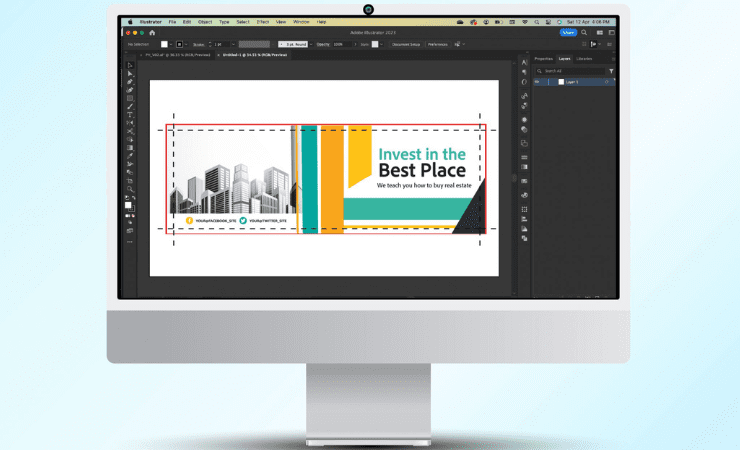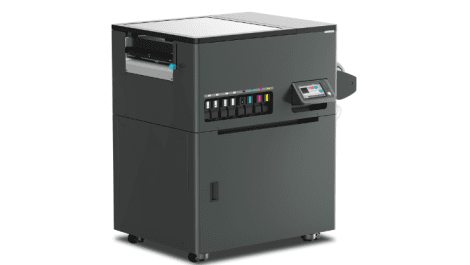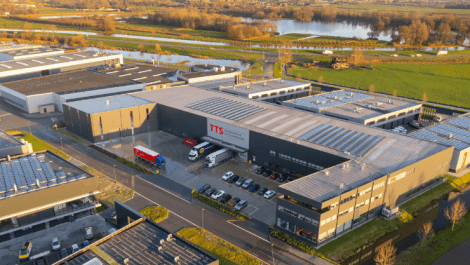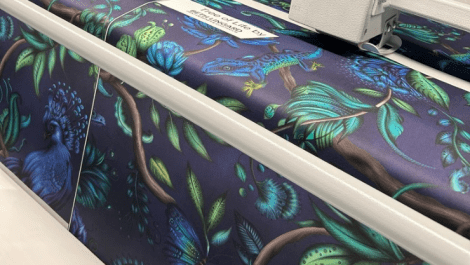Adobe has introduced version 7 of its PDF Print Engine, unveiling new capabilities aimed at increasing automation and efficiency across a broad range of commercial, packaging, textile, garment, and industrial printing workflows.
PDF Print Engine 7 brings several innovations that reduce the number of manual steps typically required in preparing print jobs, allowing for smarter, faster workflows. By moving more functionality into the rendering pipeline-inside the RIP (Raster Image Processor), the new version reduces the reliance on specialised prepress expertise and standalone pre-processing tools. Adobe says this in-RIP integration supports faster job turnaround, particularly in high-volume custom printing, web-to-print production, direct-to-garment workflows, and a variety of industrial and packaging environments.
One of the most notable features in the update, according to Adobe, is in-RIP multicolour transparency blending, which addresses technical challenges in expanded colour gamut (ECG) printing. This function enables blending and plate separation for jobs using CMYK inks in combination with additional colours such as orange, green, or violet (CMYK+OGV), ensuring consistent rendering of transparent elements across the entire colour spectrum. Adobe anticipates this feature will help accelerate adoption of ECG printing across digital, offset, and flexographic processes.

Adobe brings new automation features to its Print Engine
Version 7 also introduces in-RIP merging of variable product data, a capability expected to benefit manufacturers of consumer-packaged goods who rely on variable data for serialisation, anti-counterfeiting, and supply chain tracking. By enabling the merging of content such as serial numbers and barcodes directly into static templates during the RIP stage, the update removes the need for multiple rounds of prepress processing and reduces file management complexity.
Another addition allows printers to render native Adobe Photoshop and Illustrator files directly within the RIP. This feature eliminates the need to open design files and manually convert them to PDF, a common practice in print shops handling jobs from web-to-print channels or small business clients.
To further streamline production, Adobe has added in-RIP bleed generation for files submitted without sufficient bleed margins, in-RIP cutline expansion for wide-format printing and cutting workflows, and automatic generation of white ink masks for printing on metallic substrates. These enhancements aim to minimise waste, reduce setup time, and lower ink consumption by improving precision in substrate handling and ink application.
Underlying these improvements are performance enhancements to Adobe’s Mercury RIP Architecture, which now leverages newer hardware components like solid-state drives (SSDs) for faster caching, image resampling, and multithreaded processing.
Adobe also previewed Adobe Print Services, a forthcoming AI-powered platform that automates pre-RIP tasks such as resolution enhancement, text detection, bleed extension, and variable data optimisation. These services are designed to complement PDF Print Engine 7 by handling preflight and correction tasks outside the RIP, further increasing the overall speed and efficiency of prepress workflows.
The beta version of PDF Print Engine 7 has been available to Adobe’s RIP SDK licensing partners since April, with the final release scheduled for August. Adobe expects OEMs and RIP vendors to begin incorporating version 7 into their products by 2026.






